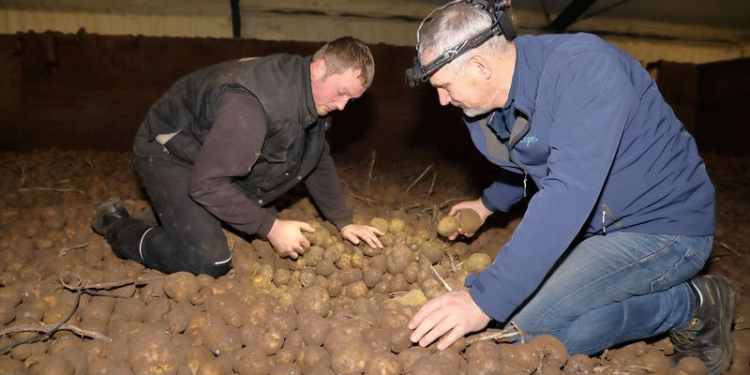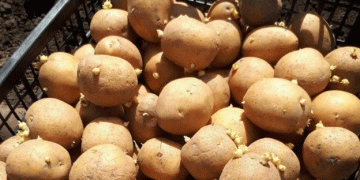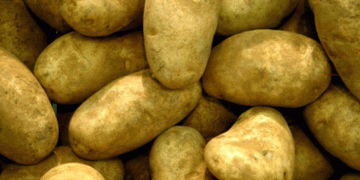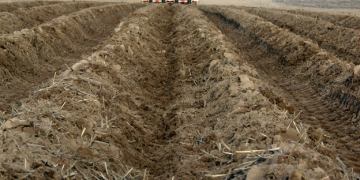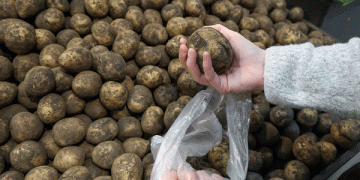There is generally pressure for potato store managers to closely monitor carbon dioxide (CO2) levels in the industry. However, this management tends to be met with mixed views. Storage experts at Sutton Bridge Crop Storage Research are looking to settle the debate in an ongoing storage trial.
Tubers respire and through this process, give off carbon dioxide (CO2). This process continues in stores where the gas accumulates in the atmosphere can also be lost through leakage or flushing automatic or manual).

It is currently recommended that CO2 levels are maintained below around 3,000 ppm., which is usually considered to maintain optimum fry colour in processing varieties. While keeping below these levels was not much of an issue when CIPC was in use, the wider use of mint oil (Biox-M) has required significant changes in store management practices, notably extended store closure, sparking concerns about the impact of CO2 build-up on crop quality.
Mint oil and store closure period
Following mint oil application, stores have to remain closed for at least 48 hours to ensure optimal absorption of the active in tubers. SBCSR has been investigating whether the resulting CO2 build-up from extended store closure affects the fry quality of processing varieties.
Two different store closure regimes are being compared. One with the store managed to not exceed 3,000 ppm carbon dioxide and sealed for 48 hours after mint oil application and the other managed to 10,000 ppm and sealed for 72 hours after application. After 35 weeks in stores, no significant differences in fry colour were observed between the two store closure regimes, indicating that carbon dioxide is not important in determining fry colour.
But it is crucial to consider that for this to happen, ethylene must remain absent. Remember, ethylene sources could be unburnt fuel from petrol-driven foggers, contamination from an adjacent store using ethylene as a sprout suppressant or simply the exhaust of a gas or diesel-powered forklift truck being used in the store.
Previous research has shown that the interaction between CO2 and ethylene has a detrimental impact on fry colour. In this work, with very low levels of ethylene (0.25 ppm) present, carbon dioxide darkened fry colour so the higher the carbon dioxide levels, the darker the fry colour.
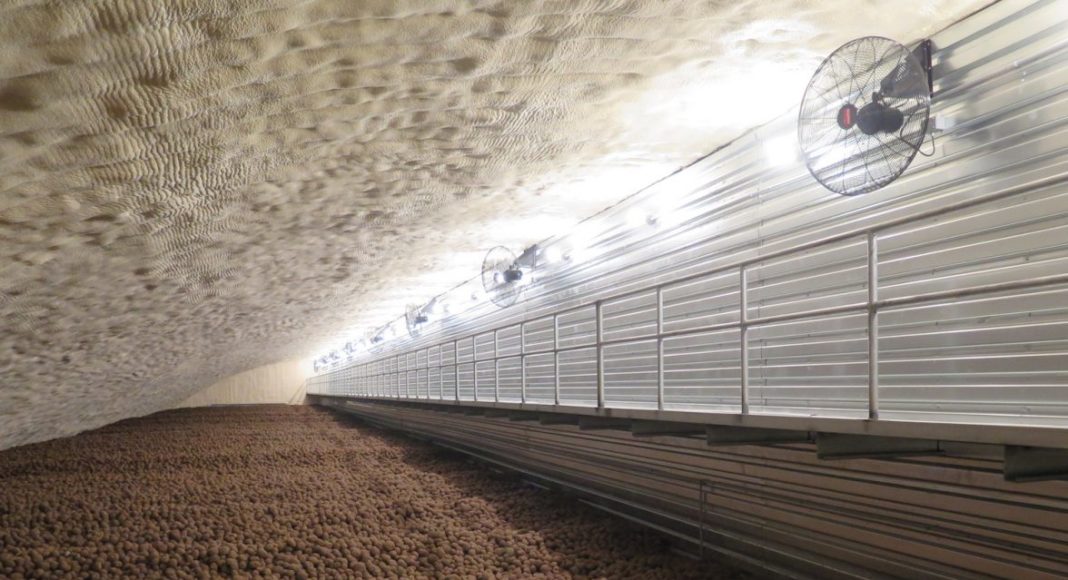
Keep monitoring CO2 and chose your fogger carefully
If fry colour is important for your customer, for Biox-M treated stores, it is recommended to only use an electric or heat exchange fogger to apply mint oil. This will ensure the absence of ethylene during extended store closure periods following application and minimise any impact on fry colour.
We are not suggesting carbon dioxide management should be relaxed when ethylene is being used as a sprout suppressant. In these systems, it is important to continue monitoring CO2 levels on a regular basis.
Carbon dioxide can pose a risk to human health at certain concentration so it is vital to adhere to Health and Safety Executive recommendations including relevant workplace exposure limits.
